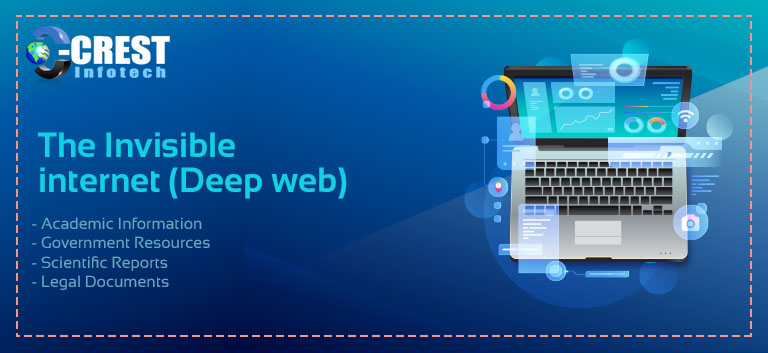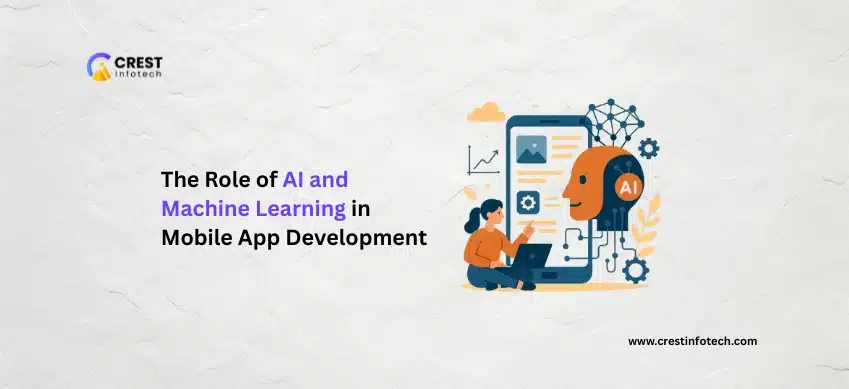The Invisible Web is a part of the World Wide Web, which is invisible and thus not indexable by search engines. The Invisible Web, unlike the Surface Web, consists of data and information which, for different reasons, cannot be searched using search engines. By using conventional search engines, users can not access this information. Protected information in the areas of email, online banking, specialist databases, and other paying services, for example, behind a paywall, is included in non-indexed websites, software, and tools. Furthermore, there are websites that are unlinked and password-protected as well as media forms and directories that can not be browsed with modern search engine technology.
There is also uncertainty about the various names for the World Wide Web. Unclear demarcations and meanings are subject to terms such as Dark Web, Deep Web, Invisible / Transparent Web or the so-called Darknet. The most substantial empirical research on this subject dates back to 2001 and is now possibly obsolete. While the size of the different Internet forms was explored there, in a further analysis of the same year, which is explained in the article Deep Web, definitions were also created. Talking about an Invisible Network makes sense only if it also addresses the search engine used. Since search engines often render visible tools on the Invisible Web and, in theory, anything that has not yet been indexed by search engines is invisible to most Internet users.
How it works?
The Invisible Web can be seen as a region of the Internet that has not (yet) been indexed or has been subject to numerous restrictions on access. In this sense, a metaphor which is sometimes used is that of the ocean. The data that makes up the World Wide Web can be interpreted as the different depths and layers of the ocean in a cross section. A fishing boat fishing in the shallow waters will then be a search engine such as Google. There is, however, a lot of other material that is unavailable to the fishing boat because the nets do not go down that far. The following words are, therefore, popular among IT experts:
Surface Web: With minimal human interference, physical things can exchange and collect data through low-cost computing, the cloud, big data, analytics, and mobile technologies. Digital systems can log, track, and change each interaction between connected objects in this hyper connected world. The real world encounters, and they cooperate, with the digital world.
Shallow Web: The Shallow Web is the history to several sites of information technology. This requires databases, servers, and instructions for programming which are stored in the databases. For instance, when accessed by users, websites are created directly from these databases. In particular, this involves scripted and interactive websites that are connected to hyperlinks and generated using PHP and other languages of programming. Search engines are drawn to these websites by links, but they typically only index static versions of these websites.
Deep Web or Secret Web: Typically, certain data and services are hidden and there are no connections to them. Unique search engines and technologies are required to obtain access in order to find this information. An instance of such a technology is the Tor browser. Deep Web directories function as specialized search engines that, unless other access restrictions apply, can be used to access information.
The Invisible Web is a mixture of the Shallow and the Deep Web in the above terms. Either individual queries based on the programming languages used or specialized search engines offering an index are needed for the content and knowledge of the Invisible Web to be achieved. Since a number of topic databases and server tools are structured and written thematically in a specific programming language, it is almost impossible for general search engines such as Google, Yahoo or Bing to search for this information. In this context, the material is invisible, but in principle, vertical search engines, specialized technology and proper programming instructions can be used to find it.
You can also Hire Dedicated Developer and Hire Dedicated Designers. Contact Crest Infotech to know more about Dedicated Development and Designing services in Details.



